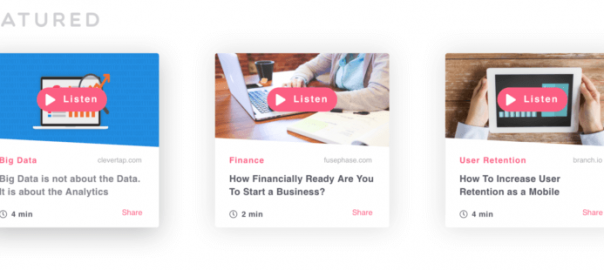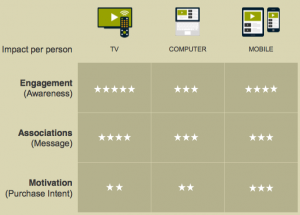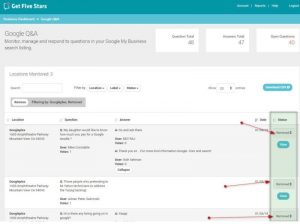Audio tech companies Podible and VoxSnap have both recently launched innovative offerings podcast listeners and content creators.

In its Smart Audio Report early this year, NPR and Edison Research found that one in six Americans own at least one voice-activated smart speaker, up a whopping 128 percent over last year. So it’s no surprise then that as the popularity of voice assistants soars, podcasting is getting a boost in its already meteoric rise.
We covered the state of podcasting back in November, but with all this news about voice, I checked in with some new companies that are riding the wave.
Recommendations listeners have been craving
Podible — a podcasting platform that uses machine learning to deliver finely tuned recommendations to its users — came out of beta this week.
CEO Sheldon Smickley told me that it’s the only platform to give personalized recommendations for podcasts.
“We are the only podcast app that learns what podcasts users love and provides personalized show and episode recommendations through AI,” Smickley said.
Smickley acknowledged that other podcast apps do provide recommendations, but he said that some only show their programs, and said Apple has a poor search algorithm.
“One of the reasons we built Podible was because Apple does not help you find new shows and episodes and their search algorithm is awful,” Smickley said. “Do a quick Google search about Apple’s Podcast app and you’ll see lots of unhappy users. It’s why they had 90 percent of the market at one point in terms of listeners, but now only have over 50 percent.”
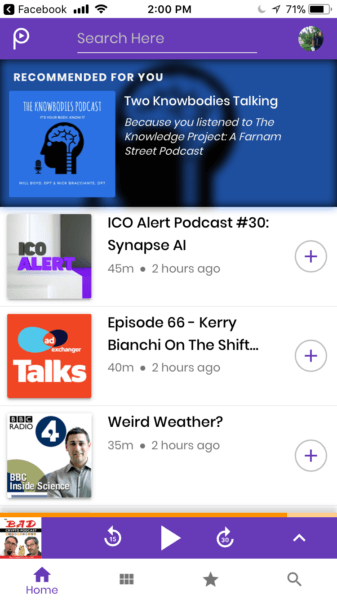
Example of a recommendation on Podible
Podible’s recommendation engine is supported by a graph that shows how podcasts are related to each other, which they call a Podcast Genome. The podcasts are first transcribed to text. Then, using machine learning topic modeling, topics are extracted and the genome is built to find topic similarities.
“We use the Podcast Genome to make both single episode and entire show recommendations. We take into account recently played episodes, saved episodes and followed shows. We use these data points to determine what podcasts most interest each user. For each user, we then recommend podcasts that are similar to those podcasts based on the Podcast Genome,” Smickley said.
Smickley also told me that in addition to the consumer-side benefit of more targeted content, Podible provides advertisers with a “new monetization system that will ultimately help them to earn more.” Since Podible can attribute users’ actions to podcasts even if they occur outside of the app, Smickley says this “new monetization system will help more creators monetize their content and give them an opportunity to earn more than on other platforms.”
Easy readers
VoxSnap also launched its platform, which turns written text into a voice product, this month. The platform works with bloggers and other thought leaders to transform white papers, blogs, and any written pieces into narrated content. Many of its content creators use the audio as podcasts.
I talked to Helena Ronis, VoxSnap CEO, about how her company is taking advantage of the voice trend. She cited JP Morgan Chase’s move to appoint VaynerMedia as its voice agency of record in January as a turning point.
“Basically what [JP Morgan] is saying is that they want to be ahead of the curve when it comes to voice because they know that that’s where consumers are going to be,” Ronis told me. “If in the past you were on desktop and then mobile became the hot thing, you wanted to have a mobile strategy. And if you didn’t have a mobile strategy, you would probably not see good results. And so the question is, ‘what is the next wave after mobile?’ It’s voice and it’s still early but it’s not too early.”
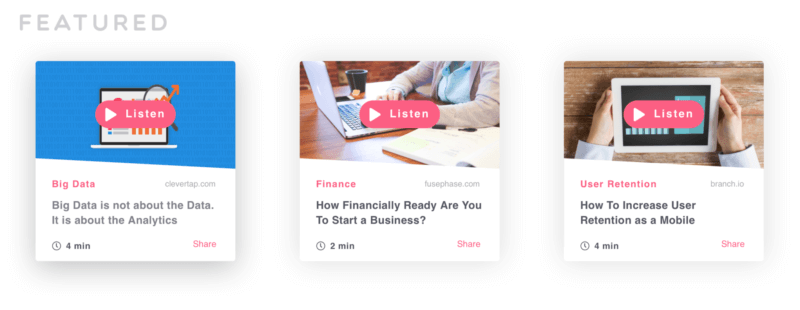
Screenshot of VoxSnap’s customer interface
Users visit the VoxSnap platform and choose narration. Each piece is read by a real person.
“We looked at text-to-speech, but it was robotic,” Ronis said. “We didn’t like it and customers didn’t want to pay for it. So we ended up creating a network of professional voice actors. And that’s what we use for the voices.”
Ronis said that marketers can use VoxSnap to connect with their customers.
“If a marketer wants to educate their audiences about their offerings — which every marketer should do — and they create a lot of text content, it’s basically sitting there collecting dust. In fact, there are statistics out there that show that there are 2 million blog posts created on the Internet every day. And so, if you’re a blogger or a company, how do you take all that text that is sitting there collecting dust and transform it into voice so it can be heard?”
VoxSnap provides engagement reports to its customers to give them a better picture of how their content is performing.
The future is talking
The future of voice-enabled tech looks bright, and it seems obvious that podcasting is moving into the next phase along with the technology.
Marketing Land – Internet Marketing News, Strategies & Tips
(502)
Report Post